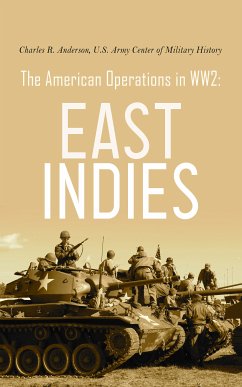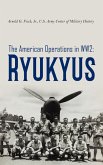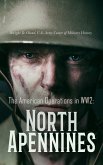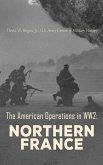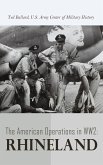World War II was the largest and most violent armed conflict in the history of mankind. Highly relevant today, World War II has much to teach us, not only about the profession of arms, but also about military preparedness, global strategy, and combined operations in the coalition war against fascism. This book follows military operations of the US Army in the East Indies from 1 January to 22 July 1942. On 7 December 1941 Japan turned its war on the Asian mainland south and eastward into the Pacific. Attacks within hours on the Malay Peninsula, Hong Kong, Hawaii, Wake, Guam, and the Philippines not only shocked Allied governments, who believed Japanese envoys had been negotiating in good faith in Washington, but also caught them poorly prepared for war along the Asian rimlands. By the end of the day a sizable Japanese amphibious force had established itself on the Malay Peninsula; the backbone of the U.S. Pacific Fleet lay twisted and burning in the mud of Pearl Harbor; hundreds of Western aircraft sprawled crumpled on airfields and hillsides across the Central and South Pacific; and neither the British Eastern Fleet nor Royal Netherlands Navy units in the Pacific could steam safely through the Indian Ocean, around Malaya, or in the East Indies. It was imperative that the Western Powers somehow stop the Japanese southward advance, which now threatened to drive a wedge between the British in the Indian Ocean and the Americans in the Pacific, to seize the East Indies with its valuable natural resources, and to isolate Australia from both the United States and the British Commonwealth...
Dieser Download kann aus rechtlichen Gründen nur mit Rechnungsadresse in A, B, BG, CY, CZ, D, DK, EW, E, FIN, F, GR, H, IRL, I, LT, L, LR, M, NL, PL, P, R, S, SLO, SK ausgeliefert werden.

